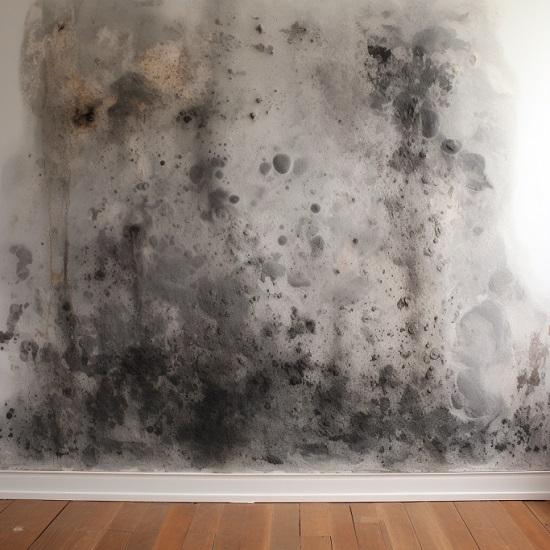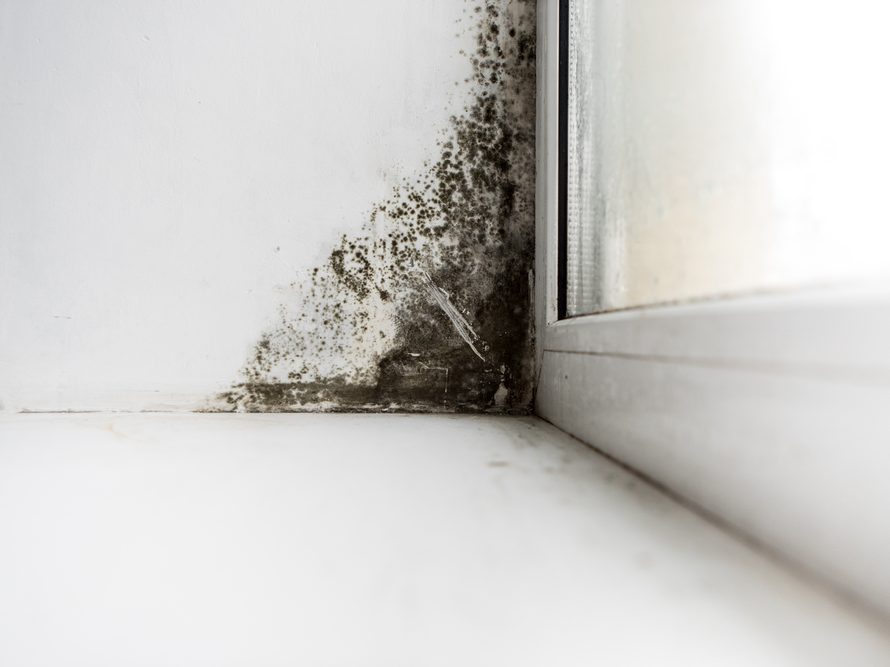After Mold Remediation Techniques for Clean Spaces
Professional Tips for Message Mold And Mildew Remediation Success
In the world of mold remediation, successfully getting rid of mold is just half the battle; the true difficulty exists in stopping its reappearance. By sticking to skilled pointers and ideal techniques, people can guard their rooms versus mold resurgence and keep a healthy indoor environment.
Monitor Humidity Degrees Routinely
After completing mold remediation procedures, preserving ideal moisture levels is essential to avoid mold re-growth and make sure a healthy indoor environment. High moisture degrees over 60% create a helpful atmosphere for mold and mildew to grow, making regular keeping an eye on an aggressive action to prevent any future mold and mildew concerns.
In addition, developing a routine schedule for humidity checks, particularly in risky areas such as basements, shower rooms, and kitchen areas, is an aggressive method to mold and mildew prevention. By consistently keeping track of moisture levels, residential or commercial property proprietors can efficiently reduce the risk of mold and mildew reoccurrence and maintain a healthy interior setting post-remediation.
Conduct Thorough Inspections Post-Remediation
Following the conclusion of mold remediation procedures, it is crucial to conduct thorough assessments to verify the efficiency of the removal process. These post-remediation examinations are important in ensuring that the mold and mildew issue has been successfully resolved which there is no recurrence or remaining mold and mildew growth. Inspections need to be accomplished by qualified experts that have competence in recognizing mold and mildew and examining interior air top quality.
During these evaluations, numerous approaches such as aesthetic assessments, air sampling, and surface sampling may be utilized to completely evaluate the remediated locations. Aesthetic evaluations entail a thorough inspection of the premises to look for any type of noticeable indications of mold and mildew development or water damage. Air tasting aids in figuring out the air-borne mold spore levels, while surface tasting can discover mold and mildew particles on surface areas.
Implement Correct Air Flow Methods
After making certain the efficiency of the mold and mildew remediation process via thorough inspections, the following essential step is to focus on executing appropriate air flow methods. Appropriate ventilation is vital in avoiding mold and mildew reoccurrence by regulating dampness levels and advertising air blood circulation. To achieve this, it is recommended to use exhaust followers in areas prone to high humidity, such as cooking areas and bathrooms. In addition, opening up doors and home windows when climate permits can aid enhance air flow and decrease dampness accumulation. Air purifiers and dehumidifiers are likewise beneficial tools in preserving optimal interior air quality.
Proper air flow not only aids in protecting against mold and mildew development but additionally adds to the overall health and wellness and convenience of residents. By ensuring sufficient air flow throughout the residential property, you can decrease the danger of mold regrowth and create a healthier living environment. Routine maintenance of ventilation systems, consisting of cleaning and filter replacements, is important to maintaining reliable ventilation. Consulting with a/c specialists can give additional understandings right into enhancing ventilation techniques for your specific building requirements.

Usage Mold-Resistant Materials for Repair Works
To improve the long-term performance of mold remediation efforts, including mold-resistant materials for repairs is critical in minimizing the risk of future mold growth. Mold-resistant products are created to endure wetness and inhibit mold and mildew growth, making them an essential option for areas vulnerable to moisture and moisture. When fixing areas influenced by mold, making use of products such as mold-resistant drywall, mold-resistant paints, and mold-resistant caulking can assist protect against mold reappearance.
Mold-resistant drywall is an excellent option to typical drywall in locations like basements and restrooms where moisture degrees are greater. This kind of drywall has a special covering that stands up to mold and mildew development also when exposed to damp problems. Additionally, utilizing mold-resistant paints consisting of antimicrobial representatives can even more hinder mold advancement on ceilings and walls.
In locations where dampness is typical, such as restrooms and cooking areas, utilizing mold-resistant caulking around home windows, sinks, and tubs can aid secure out water and protect against mold and mildew from taking hold in cracks and crevices. By buying these mold-resistant products throughout repairs post-remediation, you can considerably reduce the likelihood of future mold and mildew concerns and keep a healthier indoor setting.
Maintain Cleanliness and Address Water Issues
Guaranteeing cleanliness and promptly addressing water problems are fundamental techniques to promote in safeguarding interior rooms from mold reinfestation. After mold and mildew remediation, it is crucial to keep a tidy setting to stop the regrowth of mold and mildew (Post Mold removable moulding remediation cleaning). Routine cleaning, dusting, and vacuuming can help get rid of any type of remaining mold spores and avoid them from settling and proliferating. Furthermore, keeping indoor spaces dry and addressing any water concerns quickly is crucial in mold avoidance. Leaks, water breach, or high moisture levels can produce the ideal breeding ground for mold and mildew, so it is necessary to take care of any type of water-related issues promptly.
To keep tidiness, think about using HEPA filters in vacuums and air cleansers to trap mold and mildew spores and avoid their flow in the air. Guaranteeing proper air flow in locations vulnerable to moisture accumulation, such as kitchen areas and restrooms, can assist keep moisture levels in check. By staying vigilant regarding tidiness and resolving water concerns without delay, you can effectively stop mold navigate to these guys and mildew reinfestation and preserve a healthy and balanced indoor environment.
Final Thought

In the realm of mold remediation, successfully eradicating mold is only half the battle; the true challenge lies in avoiding its reappearance. After finishing mold remediation treatments, preserving ideal this post moisture levels is important to prevent mold re-growth and ensure a healthy and balanced indoor atmosphere. High moisture degrees above 60% create a helpful environment for mold and mildew to flourish, making routine checking a proactive procedure to avoid any future mold and mildew problems.
To enhance the long-term efficiency of mold removal efforts, including mold-resistant products for repairs is crucial in alleviating the danger of future mold growth. After mold and mildew removal, it is important to maintain a clean environment to stop the regrowth of mold and mildew.